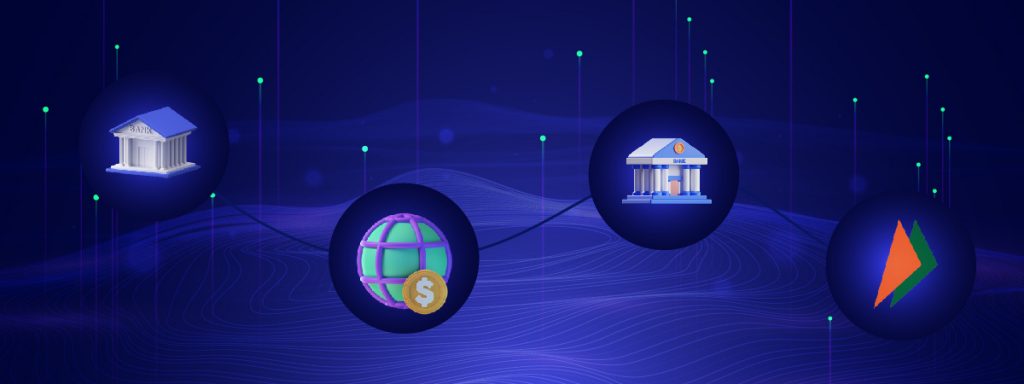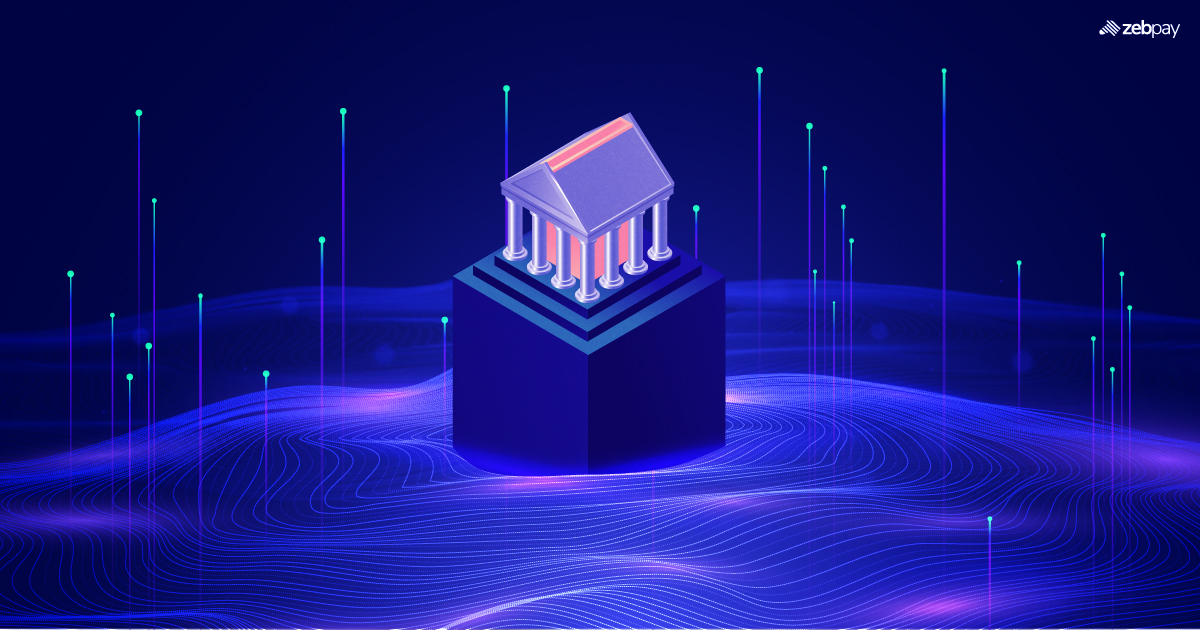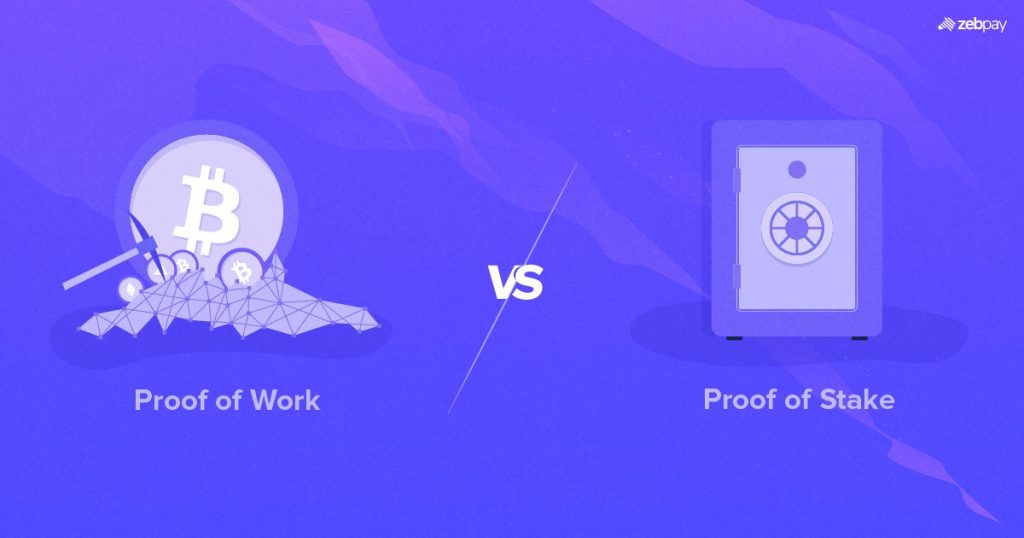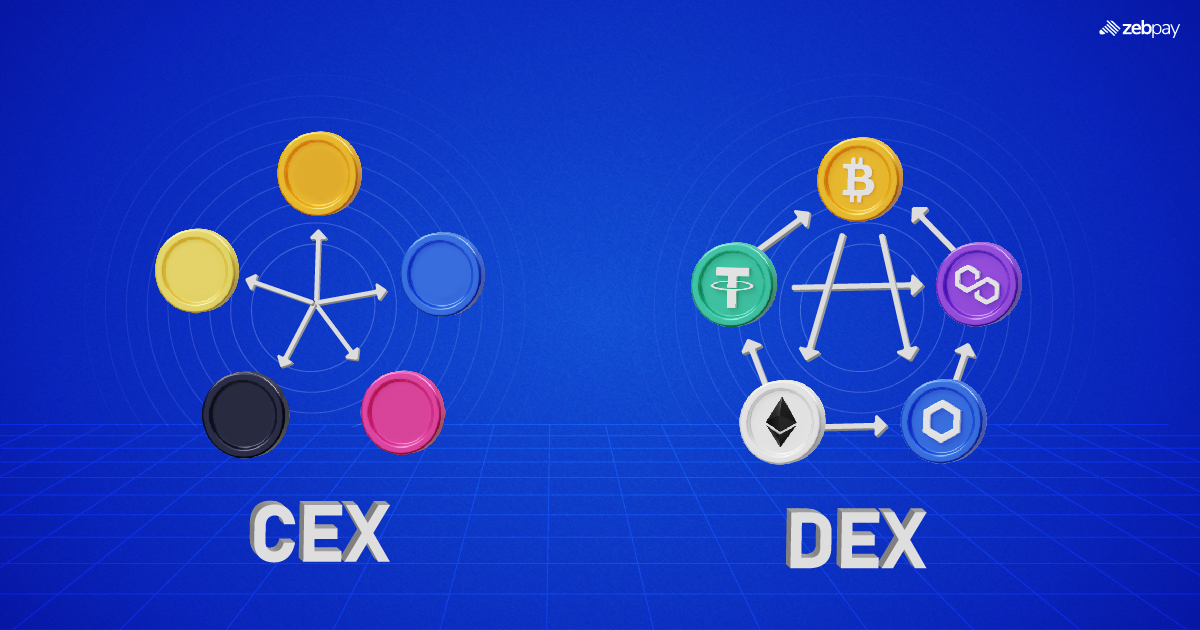Metaverse has been dubbed the next version of the internet and is an online 3D world that combines multiple virtual spaces. It allows you to meet, socialize, and work with others in an online 3D environment. It has not been fully implemented, but some digital platforms contain metaverse elements. The gaming industry has best implemented this technology and provides the best metaverse experience today. Gaming developers have used metaverse technology to create virtual economies with crypto tokens, innovative rewards, and in-game activities.
Read more: What is Metaverse
Crypto tokens can enable the development of virtual economies with NFTs and other utility tokens. Blockchain technology can make the governance of the metaverse more reliable and transparent. Some of the vital elements of the metaverse include artificial intelligence, extended reality, the Internet of Things, blockchain, spatial computing, and edge computing. Metaverse adoption will depend on the development of concepts such as data portability, governance, user interface, and interoperability.
The Current State of Banking

Traditional banking has been the mainstay of financial systems, but it has a few limitations. It requires you to depend on intermediaries, has privacy concerns, high fees, and slow transactions. Additionally, the current traditional banking systems are less accessible to individuals with minimal access to formal financial services.
Emergence of Metaverse Banking
Metaverse banking enables you to get personalized banking services and directly speak to your banker about managing your funds from your home by just wearing virtual reality glasses. The metaverse is a virtual reality space built on blockchain technology with many unique features that can transform the banking sector. The advent of the metaverse started with gaming, buying NFTs, and buying virtual real estate, and is now disrupting the banking sector.
The current banking experience is mostly transactional, but Metaverse banking can be stimulating. We experience transposing into a virtual world while playing a game or watching a film, but now we can do it to perform simple daily activities such as banking. Traditional banks can adopt metaverse technologies to become early movers in this space and transform the customer experience. Adopting new technologies like the metaverse can help marketing to youth, who can be potential future customers. Additionally, hardware producers can achieve economies of scale to reduce the costs of virtual and augmented reality gear.
Today, traditional banks are limited by borders to run their operations and usually set up offices in markets where they intend to provide banking services. The metaverse is not restricted by physical borders and has the potential to access talent and customers from around the world.
Read more: How to Make Money in Metaverse
Exploring Metaverse Banking Applications
Virtual Digital Assets
Blockchain technology enables a user to buy and sell digital assets in the metaverse. Virtual assets can be transferred across various digital worlds in the metaverse. Metaverse NFTs have many applications, such as digital art, virtual real estate, and in-game reward items that can be bought and sold across multiple virtual worlds in its ecosystem.
Virtual Lending and Borrowing and Decentralized Finance (DeFi)
The metaverse enables secure DeFi transactions such as decentralized lending and borrowing. Any user with internet access can participate in various DeFi protocols. There are numerous investment opportunities with DeFi in the metaverse, such as decentralized exchanges, liquidity pools, and buying, selling, and trading crypto tokens. It could transform traditional commerce as users can transact and trade their assets without limitations like intermediaries, distance, or time.
Metaverse Banking Security and Privacy
Metaverse developers should implement strong security measures to protect users’ data and privacy. They can use various security measures, such as two-factor authentication and encryption technologies, to prevent scammers from accessing sensitive data. Metaverse developers also should prioritize user privacy by implementing data protection laws and limiting data collection. The metaverse infrastructure is built using blockchain technology, which ensures data protection and user privacy.
Regulatory Challenges and Compliance
Metaverse is still in the nascent development stage, and there is still more to be explored before making progress. Currently, there is no or just a minimal regulatory framework for the metaverse. Minimal regulations can be risky, as new users will be apprehensive about adopting metaverse technologies. Many individuals and companies advocate for strict laws and regulations in a global industry. They will limit themselves to participating in the metaverse without proper laws and regulations. The metaverse has accepted the general laws followed by the web today to bring a sense of uniformity and security to its protocols.
Metaverse Banking and User Experience
Personalization and Customization in Banking Services
Metaverse banks can provide high-touch customer services by offering virtual financial planning sessions, personalized product recommendations, and a virtual look into customers’ portfolios.
Virtual Reality (VR) and Augmented Reality (AR) Banking Experiences
Conventional banks can use metaverse technologies such as VR and AR devices to offer customers the ability to pay bills, view balances, and make transactions through these devices. These features can improve and enhance customer experiences significantly. Banks can better connect with younger target audiences by using these metaverse technologies.
Read more: Metaverse vs Virtual Reality
Impact of Metaverse Banking on Traditional Banks
Metaverse technologies can help traditional banks compete against their competitors. Traditional banks should innovate to enable customers to use their services in the metaverse. Metaverse can enable banks to create digital avatars of customer representatives for customers to have personalized chats about their investments. With Metaverse, customers can access all the banking services in one place and in real-time without stepping out of their homes.
Metaverse will not necessarily replace traditional banks, but it has the potential to enhance and improve all banking services and products. The metaverse can leverage the current banking infrastructure and the evolving CBDCs to offer users a more personalized and immersive banking experience.
Future Outlook and Trends
Metaverse Integration with the Internet of Things (IoT)
The metaverse can serve as a 3D interface to IoT devices to enable new personalized user experiences. IoT will allow the metaverse to interact with and analyze physical ecosystems. Metaverse integration with IoT can help users make various data-driven decisions, such as personalized user interfaces, improving real-world training, and effective long-term planning.
AI and Machine Learning in Metaverse Banking
AI and machine learning offers users more targeted support in financial planning. AI can help improve banking communication with customers by only sending relevant and timely information. This AI feature can help improve user engagement. AI and machine learning can help banks understand customers spending and saving patterns. Banks can then devise tailored solutions to their customers’ spending and saving behaviors. These innovative technologies can also help individuals create personalized budgeting plans to help them out of a bad financial situation.
Read more: Future of the Metaverse
What are some Metaverse Banking Use cases?
Several notable banks have taken steps to venture into the Metaverse.
HSBC
HSBC is one of the most influential banks in the world. They recently took the initiative to purchase LAND in the Sandbox Metaverse to interact with e-sports enthusiasts. They see great potential to tap into emerging platforms.
JP Morgan Chase
JP Morgan Chase, another notable name in the banking industry has set up shop in the Decentraland Metaverse. They set up a lounge area known as the Onyx which will help users learn about the blockchain initiatives which JP Morgan is taking.
BNB Paribas
BNB Paribas has launched a Virtual Bank for customers to access their account information.
Conclusion
Metaverse is set to shape the future of banking. Close to 70% of bankers believe that Virtual Reality services could be a differentiator for banks according to an Accenture Report.
The Metaverse radically reduces the bottlenecks in today’s banking services, and it is practical for banks to adopt this new-age version of banking to create a competitive advantage. It could be a reality that sooner or later, you might find yourself wearing flashy eye gear and visiting a bank in a Virtual space.
You can read more about Crypto on ZebPay blogs. Join the millions of users already trading on Zebpay.
FAQ on What is Metaverse Banking
What is the difference between the Internet and the Metaverse?
Internet users can interact with websites, communicate with each other, and buy and sell products. The metaverse does not compete with the internet but builds on its technology to provide a more immersive user experience. Users just browse the internet, but they can virtually live in the metaverse.
How can virtual assets be used in the Metaverse?
Traditional money cannot be used in the metaverse, and users use crypto tokens to interact with its protocols. Crypto tokens can be used to reward users and fund metaverse projects, and NFTs to track virtual property rights.
Will metaverse Banking replace traditional banks entirely?
Metaverse banking will not replace traditional banks but can improve and enhance most conventional banking services.
What are the potential risks of Metaverse Banking?
One of the main risks of Metaverse banking is that you cannot be sure that customers are who they claim to be. Customer experiences and transactions can be corrupted in Metaverse banking. Finally, digital data or assets could be compromised by hackers. For this reason robust security protocols are necessary.
How can individuals access Metaverse Banking services?
Banks with Metaverse services have technology partners who produce VR headsets through which individuals can access Metaverse banking services.







